Menu ☰

The Types and Benefits of Roofing Underlayment
Not all metal roofs make use of underlayment, because not all metal roofs have decking materials installed underneath the panels. Decking under a metal roof is however very common, and may be required by building code for certain regions and applications. Decking can provide increased insulation, provide outside noise reduction, and help to alleviate future repair costs. For those items when decking is installed, it’s important to also install an underlayment material over top of the decking substrate. Underlayment provides these crucial advantages:
• Temporary weather protection for decking while it remains exposed to the elements
• Provides a drainage path in case moisture gets underneath the metal panels
• Serves as an additional level of weather protection
• Provides a textured, walk-able surface for roofers
Types of Underlayments
Asphalt Saturated Felt
There are three main types of underlayments used for all types of roofing, they are asphalt saturated felt, rubberized asphalt and synthetic underlayment. Felt underlayment is the most common type used in roofing and comes in 15 and 30 pound weights, with 30 pound felt being the more durable. Felt underlayment does tend to be heavier to work with, can be susceptible to tearing, and when it comes to metal roofing, high heat, often generated by metal roof panels, can cause the asphalt to stick to the metal panels.
Rubberized Asphalt
Rubberized asphalt underlayment is made of higher amounts of asphalt than asphalt saturated felt, and also includes rubber polymers. The result is a water proof rubber-like material. This kind of underlayment is often used for circumstances requiring greater levels of weather proofing, and is more commonly applied to flat roofs.
Synthetic Underlayment
In recent years, synthetic underlayment has become a more popular alternative to traditional felt. Synthetic underlayment is typically made from woven polypropylene. The woven construction allows for breathability and airflow, while remaining completely waterproof. Synthetic underlayments are also much lighter than the felt/asphalt combination of traditional underlayment, making synthetic underlayment much easier to handle and install. In addition synthetic underlayments do not have the tendency to tear that is often seen with felt. Synthetic underlayments typically have a texture to them as well, allowing for slip resistance as contractors may be installing a metal roof in wet conditions.

Roloshield Prime SA
Roloshield Prime SA is a premium roofing underlayment with 45 mil thickness that comes in a 2 square roll weighing 40lbs. Designed to be used under asphalt, metal, tile, slate, and shingles. Roloshield Prime SA protects roofing structures against water from wind-driven rain and ice dams.
This self-adhering and slip resistant underlayment is contractor friendly, and allows for speedy installations with its split release liner. Roloshield Prime SA is Class A fire rated, code approved with Intertek CCRR and Miami-Dade approvals. The modified bitumen adhesive material performs excellent in both high and low temperatures with a performance range of -40°F to 260°F.

Synthetic underlayment’s are a great option for adding an additional layer of weatherproofing protection to a metal roof. There are also underlayment’s manufactured specifically for low temperature regions prone to high snow loads and the development of ice on the roof. Alternatively, hi-temp synthetic underlayment’s are made to withstand the high temperature observed in warmer climates.
Due to the advantages of synthetic underlayment, in-spite of the higher cost, it is often the preferred choice for contractors, and the benefits outweigh the price. Remember to keep in mind the different kinds of underlayment that exist for metal roofing, and the pros and cons of each type, so as to make the best choice for any metal roofing projects.
